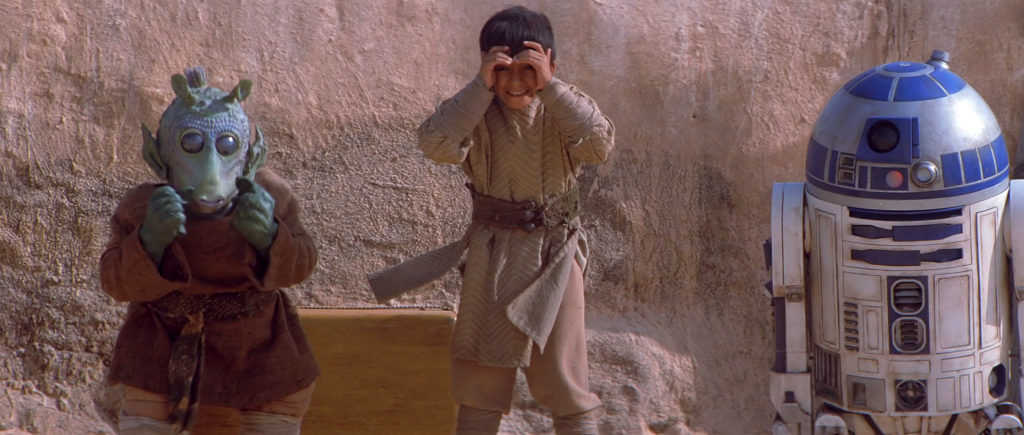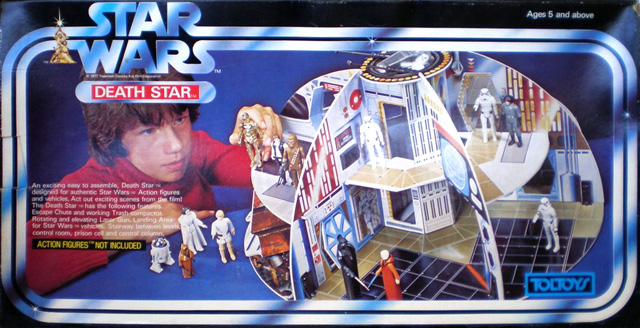
Most people have opinions about things. Many of them have also been known to share those opinions, be they positive or negative, particularly regarding whatever popular (or unpopular, as the case may be) work of fiction they have recently consumed. Living in the golden age of the internet and 24/7 unrestrained global communication, as we do now, it has become easier than ever before to broadcast and discuss our feelings, opinions, and thoughts on even the most seemingly insignificant aspects of a work to the rest of the world, and to engage in vigorous debates on a broad array of subjects with like- and unlike-minded individuals. This site itself is proof enough of that.
But before we continue with this line of thought, it must be noted that there is much worthy of praise in this phenomenon.
It serves as an effective bar raiser for the realm of entertainment as a whole: access to the internet has raised our expectations considerably with regard to technical and scientific plausibility (if not accuracy) in our fiction, among other things, and tired cliches are identified for what they are, labeled, categorized, pedantically indexed, and ultimately retired in an endless cycle of conceptual reinvention to keep things fresh and relevant for each new generation, until they’re eventually resurrected decades later in homage to and remakes of works of bygone times.
More objectionable elements and works can find themselves subjected to scrutiny that they might have previously escaped, and can draw the widespread outcry and condemnation that they deserve.




